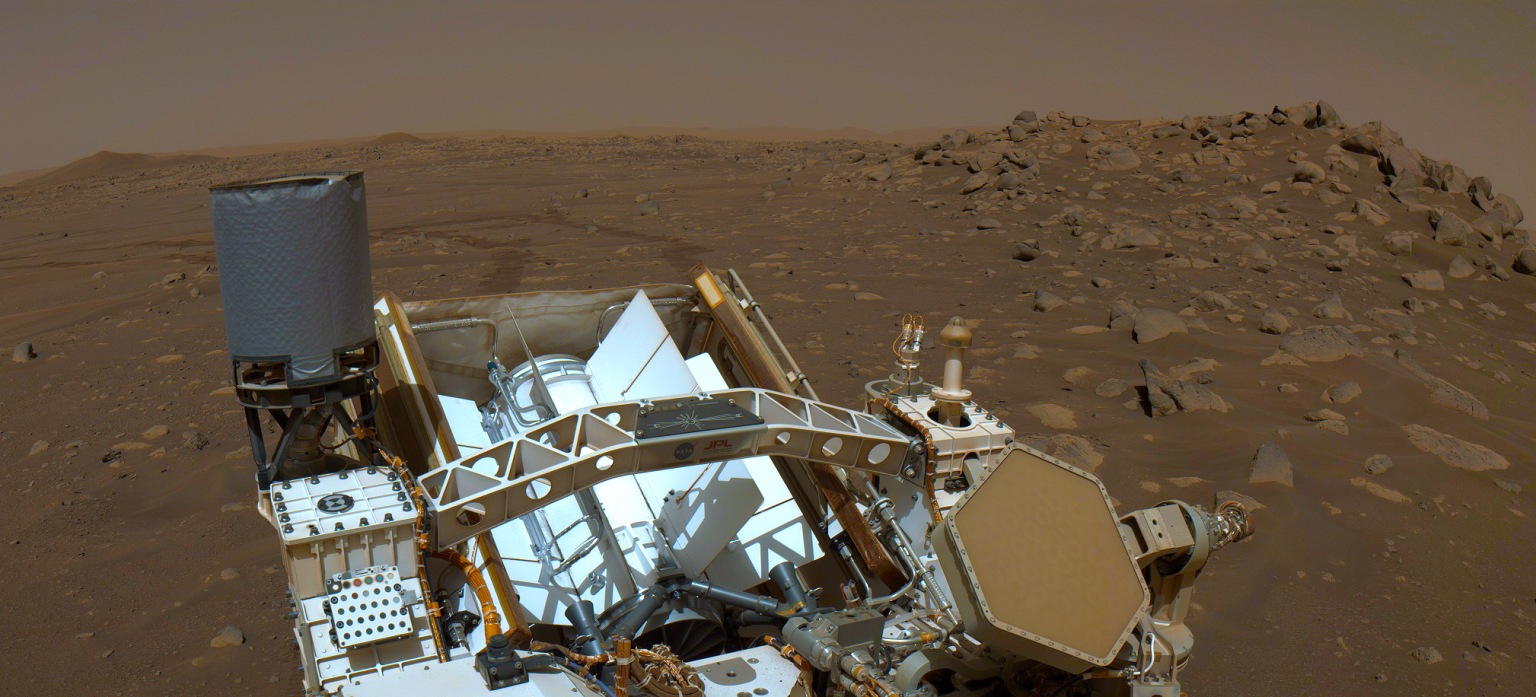How it Worked
Radioisotope thermoelectric generators (RTGs) provide electrical power to spacecraft using heat from the natural radioactive decay of plutonium-238, in the form of plutonium oxide. The large difference in temperature between this hot fuel and the cold environment of space is applied across special solid-state metallic junctions called thermocouples, which generates an electrical current using no moving parts.
How We Used It
Electrical power for Cassini's science instruments and onboard systems was generated by three RTGs, known as General Purpose Heat Source (GPHS) RTGs.
The spacecraft also carried 82 strategically placed radioisotope heater units (RHUs), which provided focused warmth in the form of one watt of thermal power each using a pencil eraser-sized pellet of plutonium oxide. The Huygens probe used 35 similar RHUs to keep it warm on its descent to the frigid surface of the frigid Titan.
The RPS used to power NASA spacecraft, including Cassini, are supplied by the U.S. Department of Energy (DOE). NASA and DOE continue to collaborate on maintaining the current Multi-Mission Radioisotope Thermoelectric Generator (now in use on Mars by the Curiosity rover), and related RPS technology.
RTGs are used on NASA missions where other options such as solar power are impractical or incapable of providing the power that a mission may need to accomplish its scientific or operational goals. Sometimes referred to as “nuclear batteries,” RTGs are not fission reactors, nor is the plutonium the type that is used for nuclear weapons. More than two dozen U.S. space missions have used RTGs since the first one was launched in 1961.
For more details on RTGs, visit NASA's Radioisotope Power System homepage.
Power to Explore
NASA's New Horizons spacecraft - which flew past Pluto in July 2015 and is continuing outward to explore the Kuiper Belt – is powered by a spare RTG from Cassini.































